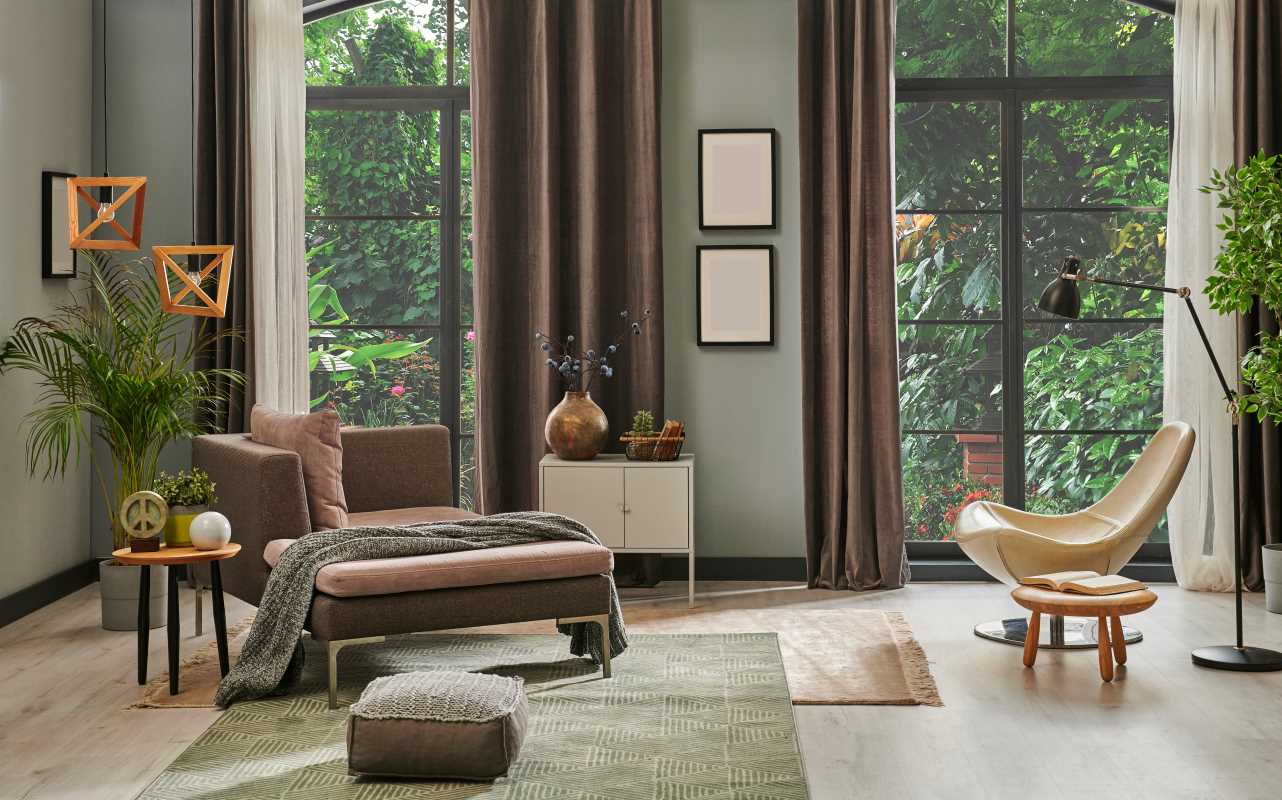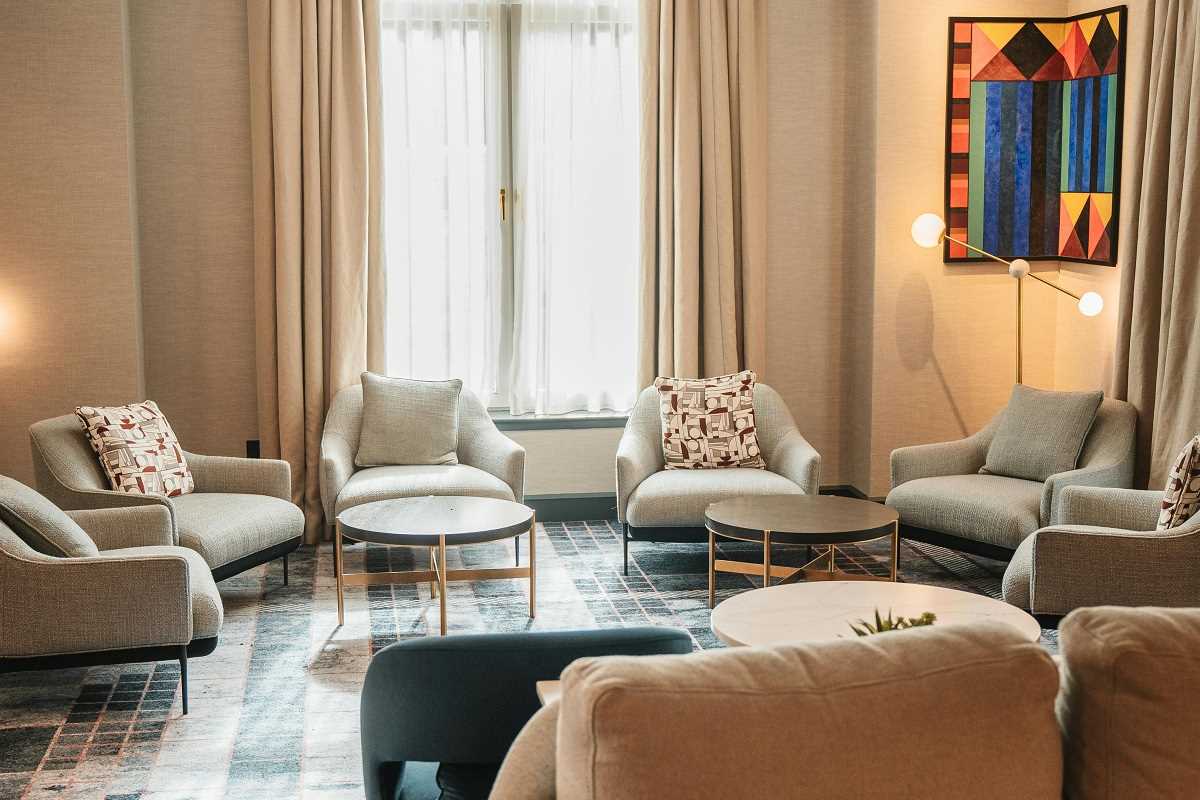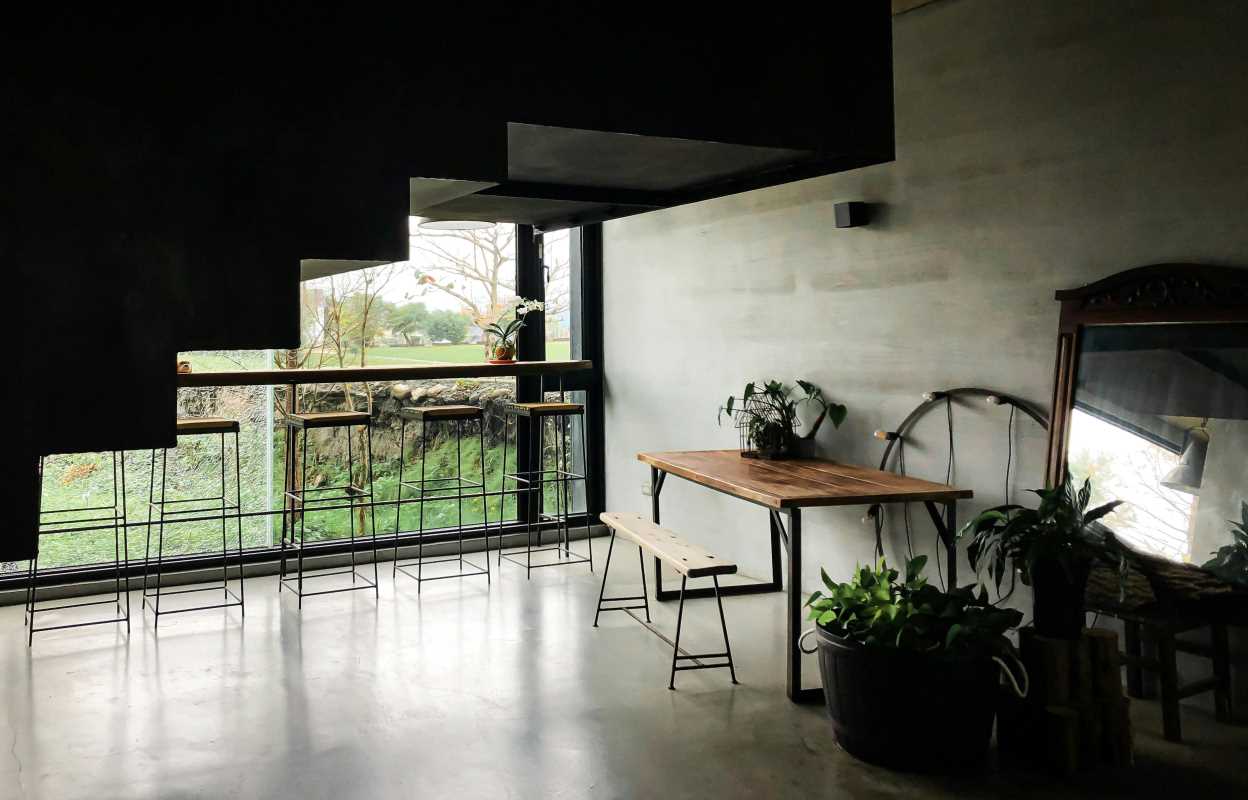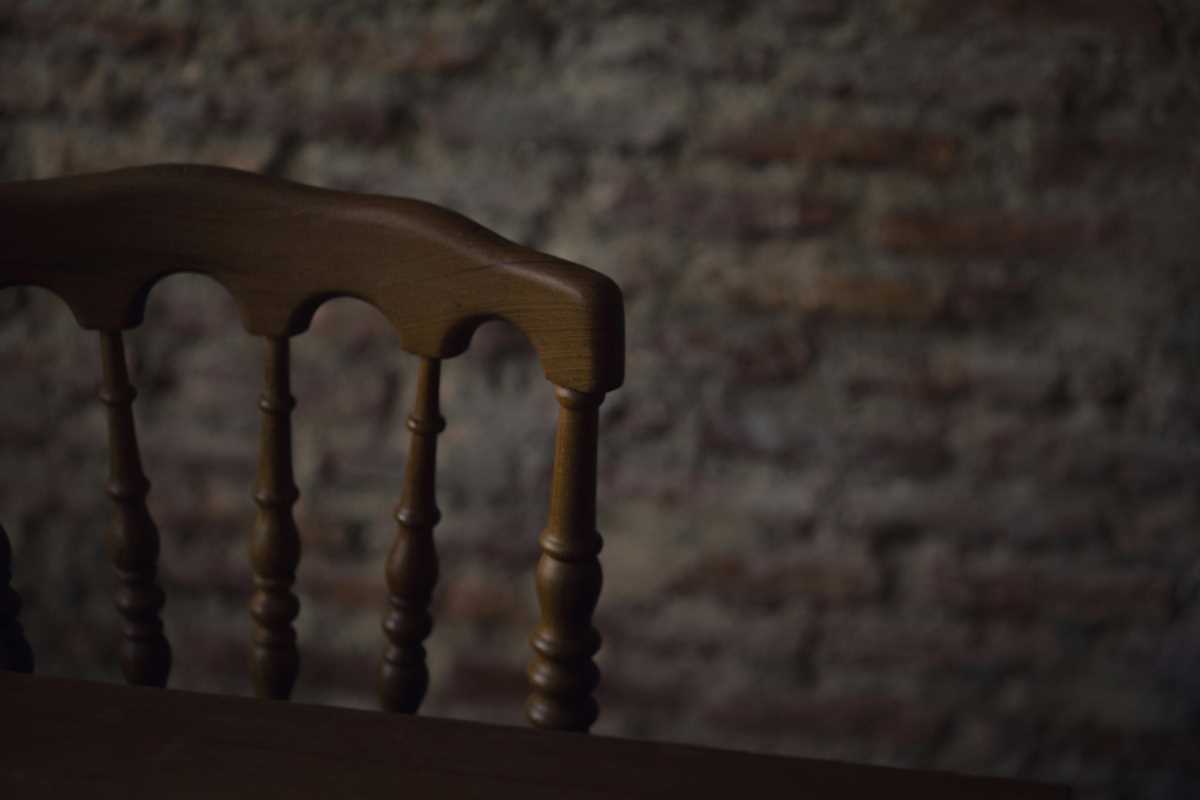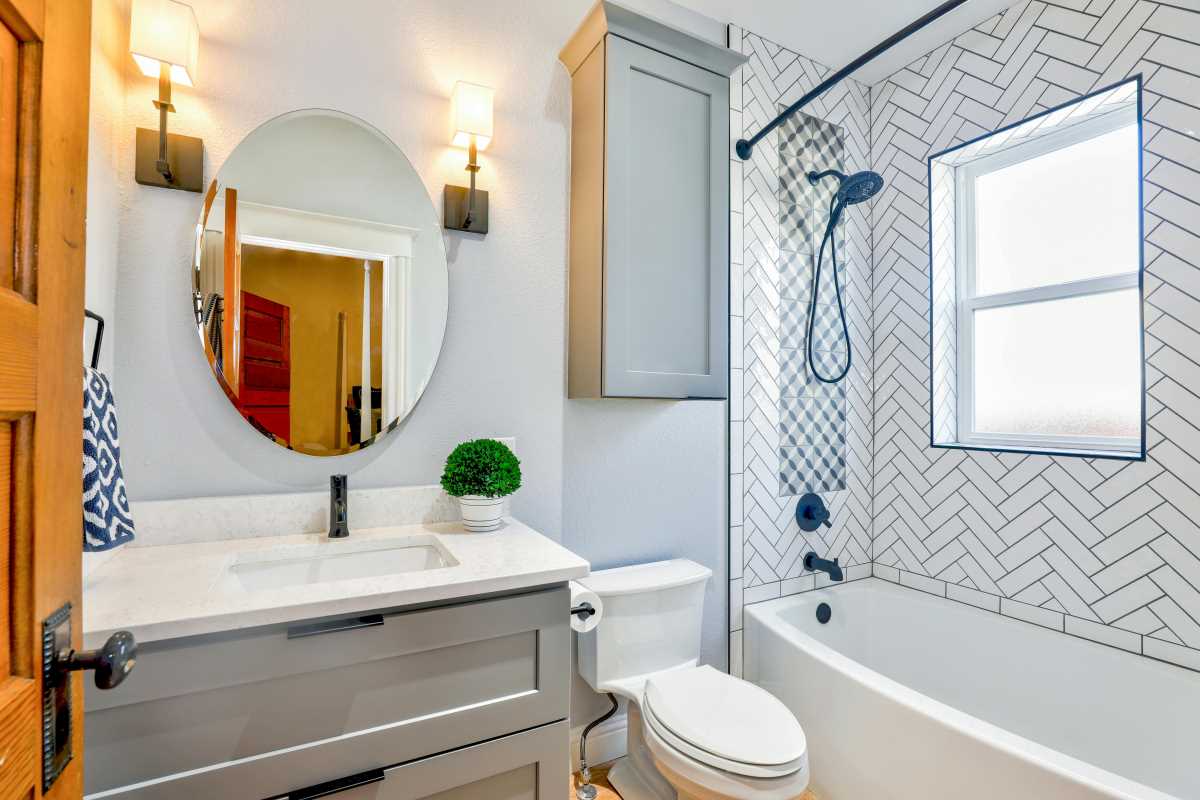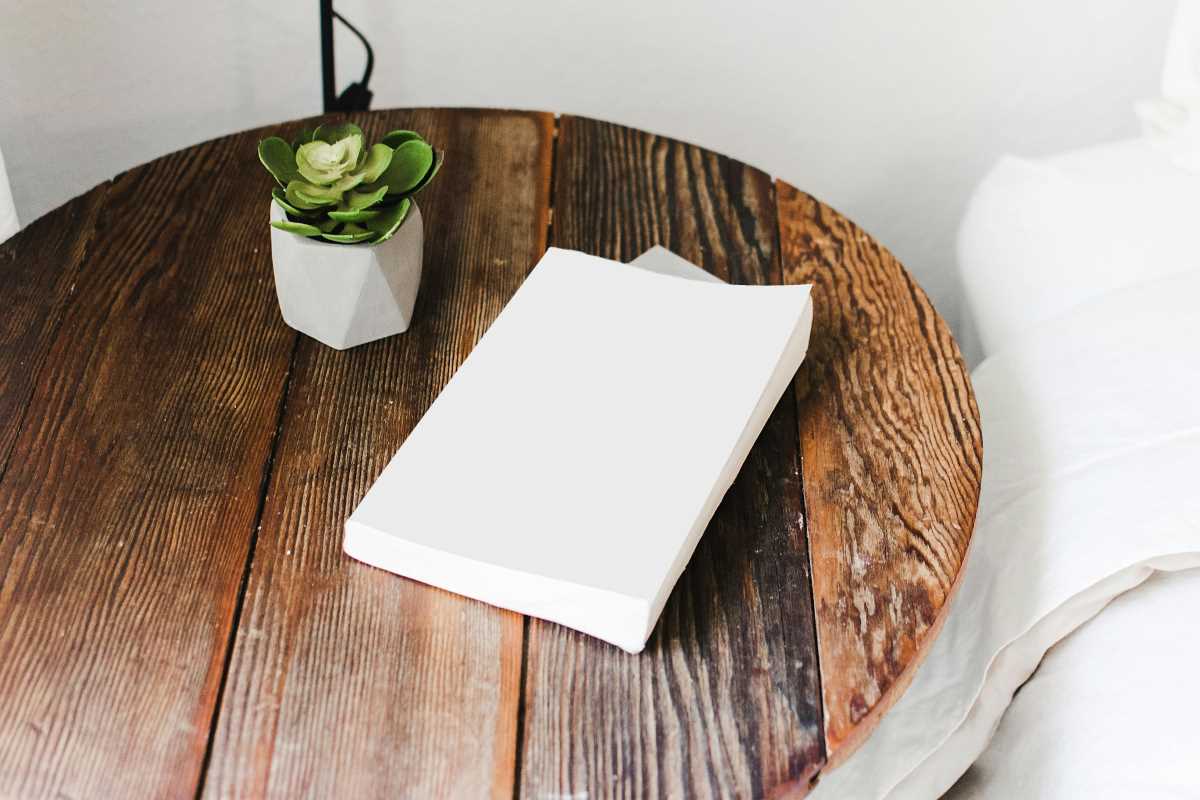The coastal design aesthetic has a timeless appeal, bringing to mind breezy afternoons, sandy shores, and a sense of calm. It’s a style that feels like a permanent vacation. But what if you love that relaxed vibe but also crave the clean, sharp lines of modern design? The great news is you can have both. Blending coastal design with contemporary fixtures is a fantastic way to create a space that feels fresh, sophisticated, and completely current.
This combination is all about balance. It pairs the soft, natural elements of coastal living with the sleek, polished look of contemporary hardware, lighting, and furniture. This fusion creates a look that is both inviting and refined, proving that you don’t have to choose between comfort and style. Let’s dive into how you can achieve this beautiful blend in your own home.
Understanding the Core Elements
To successfully merge two styles, it's important to first understand what makes each one unique. By knowing the rules, you can then decide how to creatively bend them.
Key Elements of Coastal Design
Coastal style is inspired by the beach and aims to create a light, airy, and uncluttered environment. Its main features include:
- A Light Color Palette: Think of the colors of the coast—sandy beiges, soft whites, and shades of blue and green reminiscent of the sea and sky.
- Natural Materials: Rattan, jute, linen, cotton, and light-toned woods like oak or ash are staples. These materials add texture and a sense of organic warmth.
- Abundant Natural Light: Large, uncovered windows are a hallmark, designed to let in as much sunlight as possible.
- Comfortable Furnishings: Sofas and chairs are often slipcovered, plush, and designed for relaxation.
Defining Contemporary Fixtures
Contemporary design is all about the now. It features clean lines, simple forms, and a polished finish. Key characteristics include:
- Sleek Lines: Unfussy, straight lines and smooth surfaces are prominent.
- Polished Finishes: Materials like chrome, matte black, brushed nickel, and polished brass are common.
- Minimalist Forms: The focus is on simplicity and function without unnecessary ornamentation.
- Neutral Foundation: While contemporary design can include bold color, it often relies on a neutral base to create a sophisticated backdrop.
How to Blend the Two Styles Seamlessly
Now for the fun part: bringing these two worlds together. The secret is to let coastal design be the foundation of your room and use contemporary fixtures as the stylish accents that add a modern edge.
Start with a Coastal Foundation
Begin by establishing a coastal backdrop. Paint your walls in a classic coastal shade like a soft white, a light sandy beige, or a pale blue. This creates a bright and airy canvas that will allow your contemporary fixtures to stand out. Incorporate furniture that leans coastal, such as a comfortable sofa with a light-colored slipcover or a dining table made from reclaimed wood. These pieces will ground the room in that relaxed, beachy feel.
Introduce Sleek Contemporary Lighting
Lighting is one of the easiest and most impactful ways to introduce a contemporary feel. Swap out traditional rattan or weathered wood fixtures for something more modern.
- In the Kitchen: Over a kitchen island, hang a series of sleek, metal pendant lights in a matte black or brushed gold finish. The clean lines of the pendants will provide a stunning contrast against classic white shaker cabinets.
- In the Dining Room: A large, sculptural chandelier with a modern geometric shape can serve as a dramatic focal point above a rustic wooden dining table.
- In the Living Room: A minimalist arc floor lamp in chrome or brass can add a touch of modern sophistication next to a cozy linen sofa.
Upgrade Your Hardware
Hardware is like the jewelry of a room. Changing out knobs, pulls, and faucets is a small change that makes a big difference. Replace traditional or rustic hardware with options that have a cleaner, more contemporary profile.
- Kitchen & Bathroom Cabinets: Choose simple, streamlined bar pulls in a polished chrome or matte black finish.
- Faucets: A gooseneck faucet with a simple, elegant design will instantly modernize a kitchen or bathroom sink.
Mix in Contemporary Furniture
While your main furniture pieces might be coastal, you can layer in a few contemporary items to create balance.
- Coffee & Side Tables: Pair your plush sofa with a coffee table that has a metal frame and a glass or marble top. This introduces a sleek, hard surface that contrasts beautifully with the soft coastal textiles.
- Accent Chairs: Add an accent chair with a modern silhouette. A chair with clean lines and exposed metal legs can provide a stylish counterpoint to a more traditional slipcovered sofa.
Maintaining a Fresh, Uncluttered Look
The key to a successful coastal contemporary space is to keep it feeling open and uncluttered. Both styles value a sense of spaciousness, so it’s important to avoid filling the room with too much stuff.
- Edit Your Decor: Be selective with your decorative accents. Instead of many small knick-knacks, choose a few larger, more impactful pieces. A single large piece of abstract art can feel more modern than a gallery wall of smaller coastal prints.
- Embrace Negative Space: Don't feel the need to fill every corner and surface. Leaving some empty space allows your key pieces to breathe and makes the room feel more calming and intentional.
- Focus on Texture: Create interest through a variety of textures rather than an abundance of objects. Combine a smooth metal lamp, a soft linen pillow, a rough jute rug, and a sleek glass table. This mix of textures will make the room feel rich and layered without being cluttered.
Blending coastal design with contemporary fixtures is a wonderful way to create a home that is both relaxing and refined. By starting with a light and airy coastal base and thoughtfully adding sleek, modern accents, you can craft a space that is timeless, stylish, and perfectly balanced.
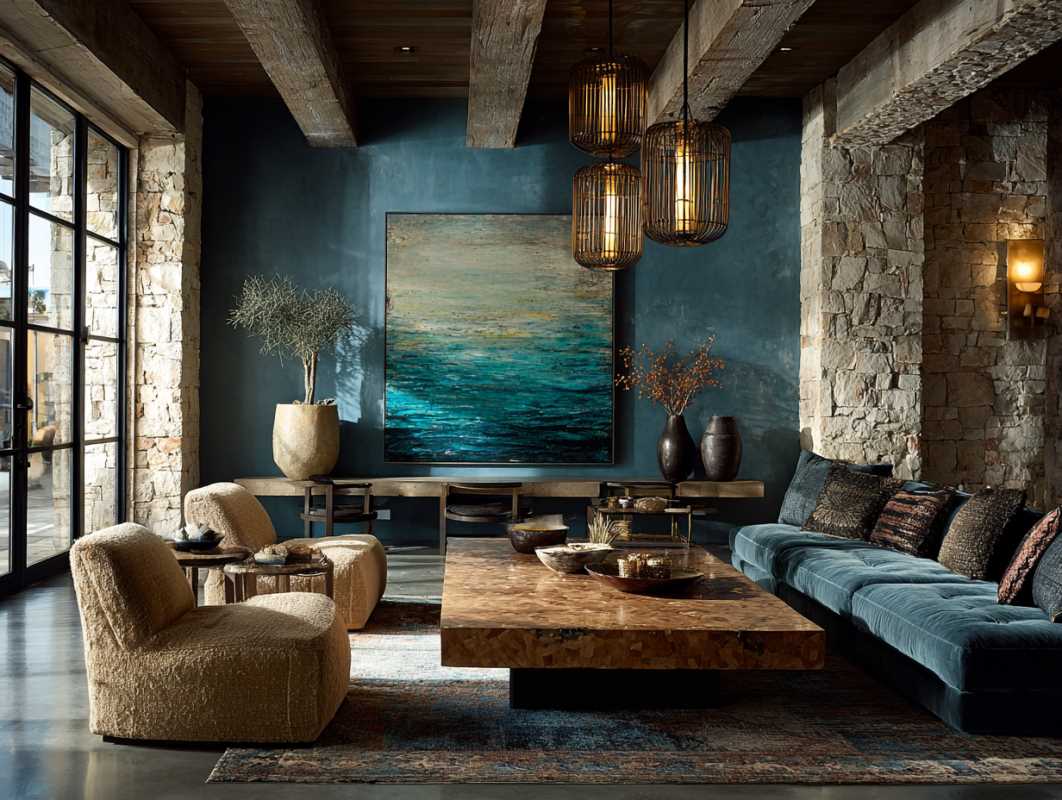 (Image source: Midjourney)
(Image source: Midjourney) 